El Morro: Stunning Photos of New Mexico's Sandstone Bluff
In the northwestern part of New Mexico, a natural outcropping of sandstone has produced a spectacular landmark in this cold, high desert region.
History in the desert
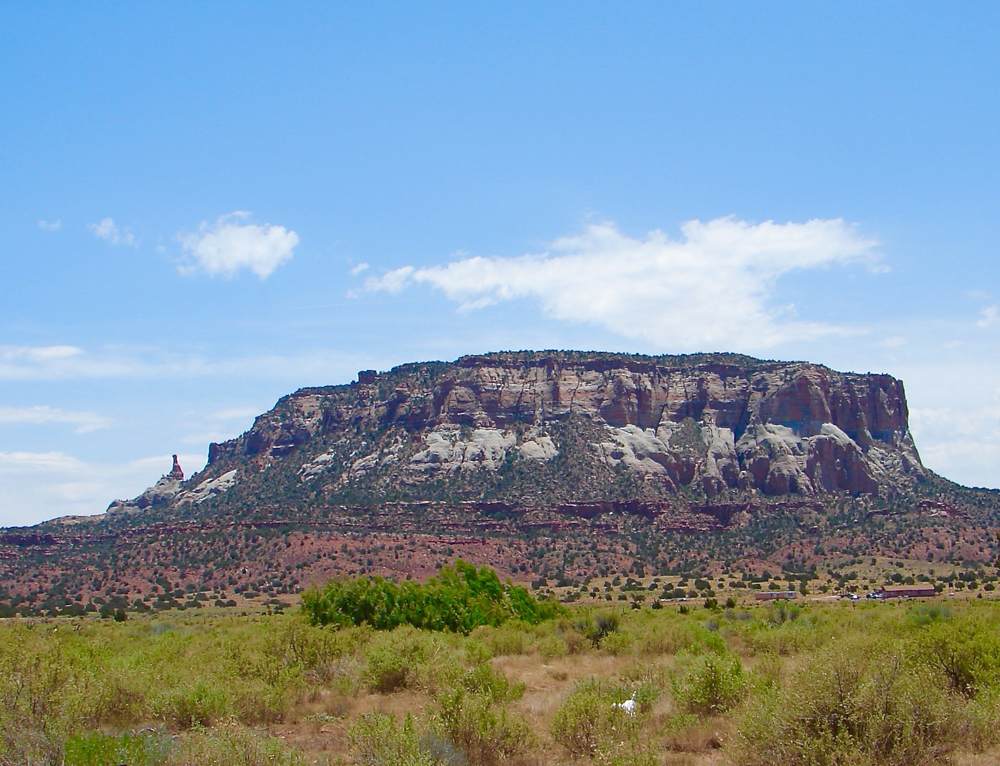
Known as El Morro (which means "the heartland" or "the bluff" in Spanish), this massive promontory has been a beacon for travelers and a natural sketchbook for Native American, Spanish and American explorers for hundreds of years. (Credit: Linda & Dr. Dick Buscher)
Towering history
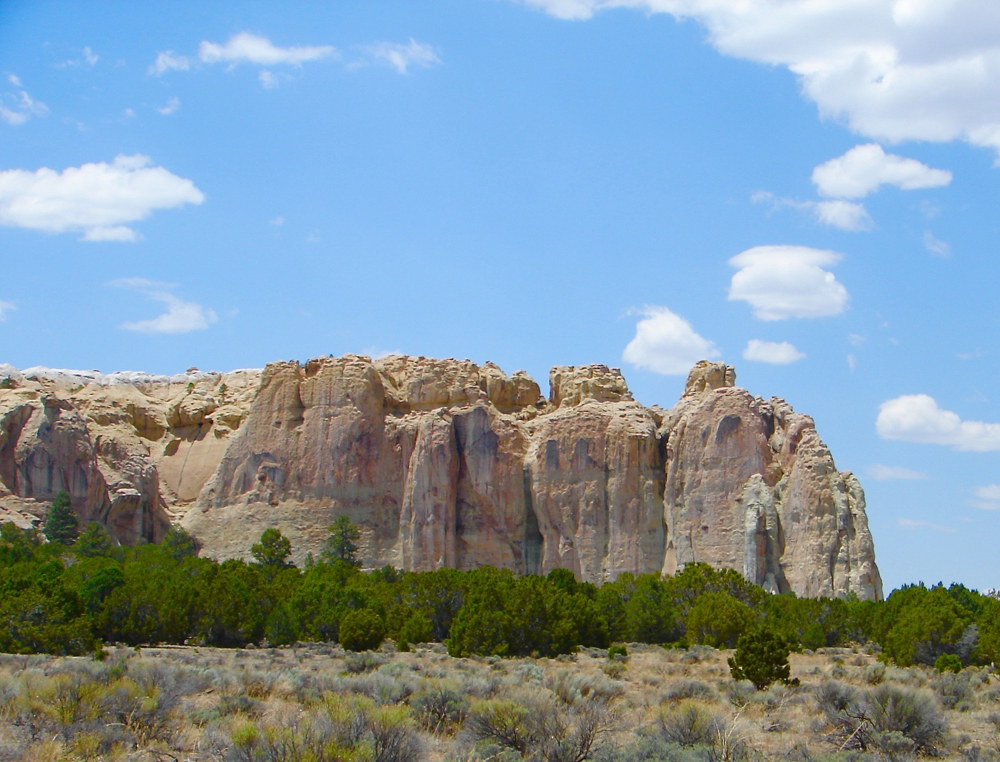
El Morro rises some 200 feet (61 meters) above the surrounding landscape. It is a part of an ancient and massive sand dune system that some 150 million years ago stretched from northeastern Arizona across northwestern New Mexico and on into southwestern Colorado and southeastern Utah. (Credit: Linda & Dr. Dick Buscher)
Out of place
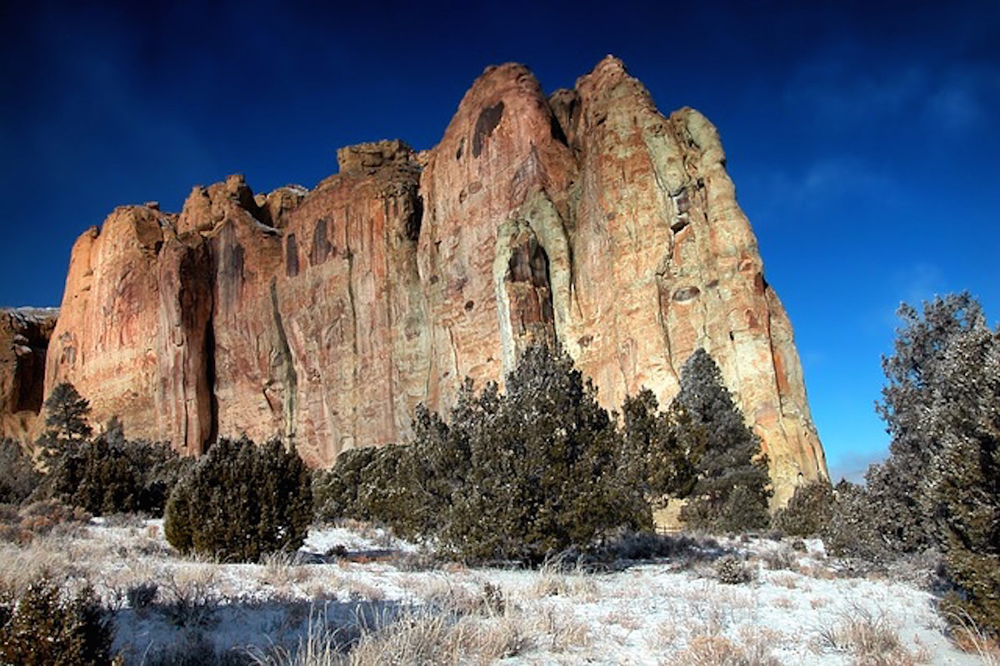
The sandstone bluff known as El Morro was laid down in the ancient shallow seas that again covered this land during the Jurassic Period, some 200 million to 145 million years ago. Its fine sand particles are yellowish-white in color and is known as Zuni Sandstone. The fine grains of quartz that compose most of the sandstone are similar in size, which is a common characteristic of wind-blown dunes in an arid land. (Credit: NPS)
Sign up for the Live Science daily newsletter now
Get the world’s most fascinating discoveries delivered straight to your inbox.
Holding on for dear life
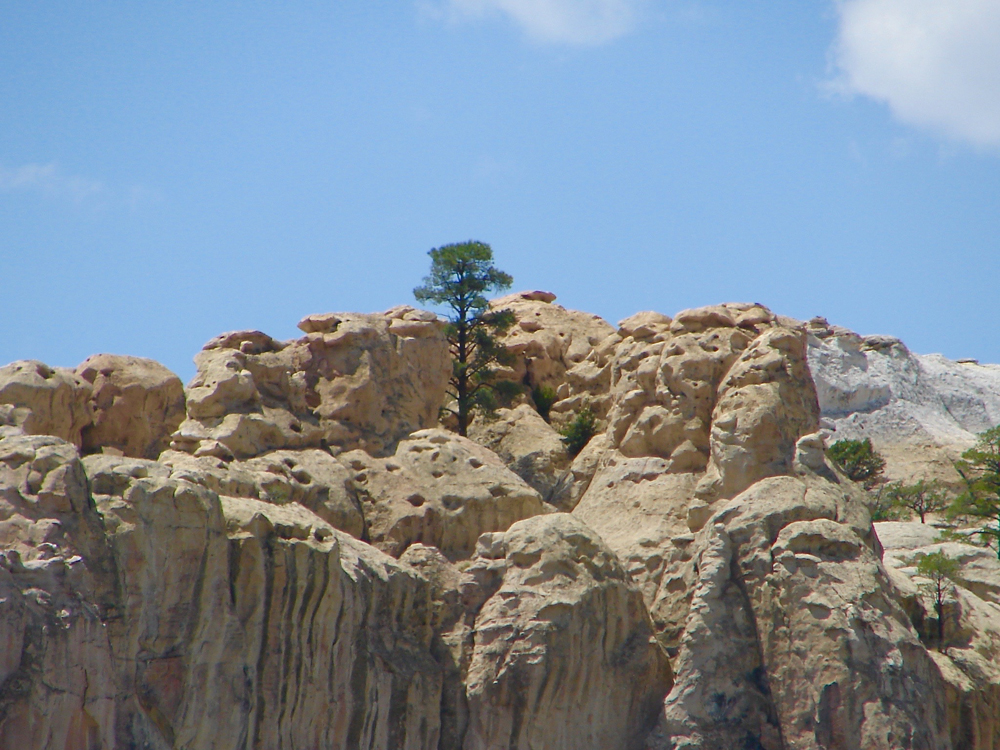
Since the ancient dunes of this land were never buried deep under the Earth's surface, the sand particles that make up El Morro were never pressed tightly together. This results in a massive bluff that can be cracked and broken, allowing for the roots of plants to grow down through it. Here, a tall Ponderosa Pine (Pinus ponderosa) grows majestically near the summit of El Morro. (Credit: Linda & Dr. Dick Buscher)
Organic adornment
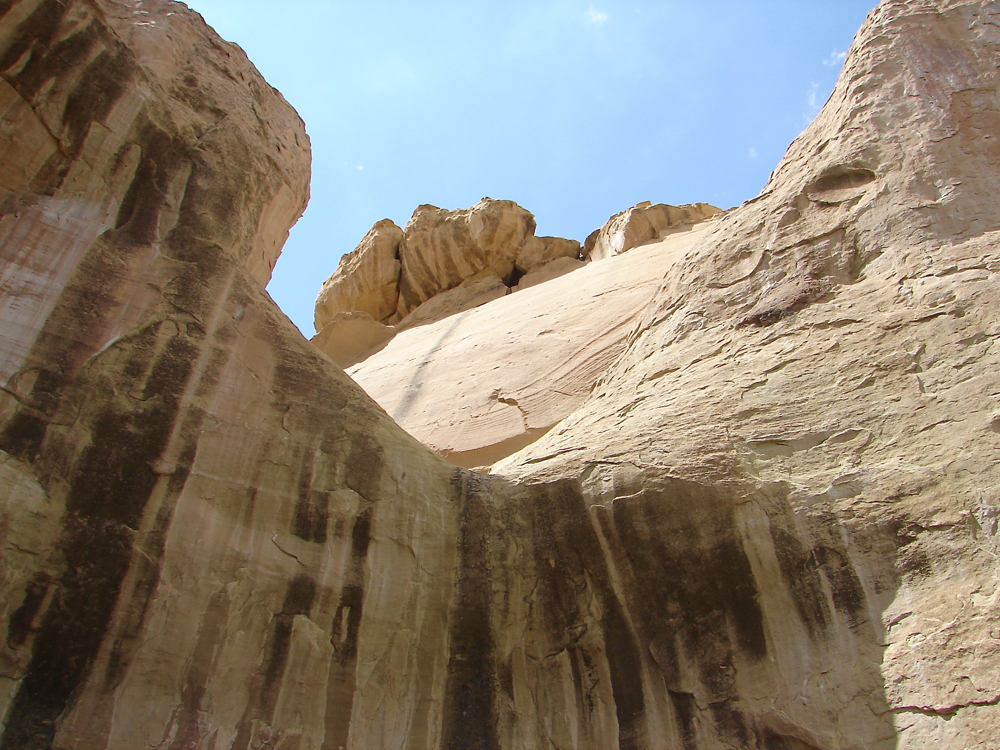
Seasonal rains result in the staining of the sandstone bluff, as the water flows toward the surface. This dark patina is composed of manganese, iron and other minerals that give the sandstone surface an artistic appearance. (Credit: Linda & Dr. Dick Buscher)
Nature's sketchbook
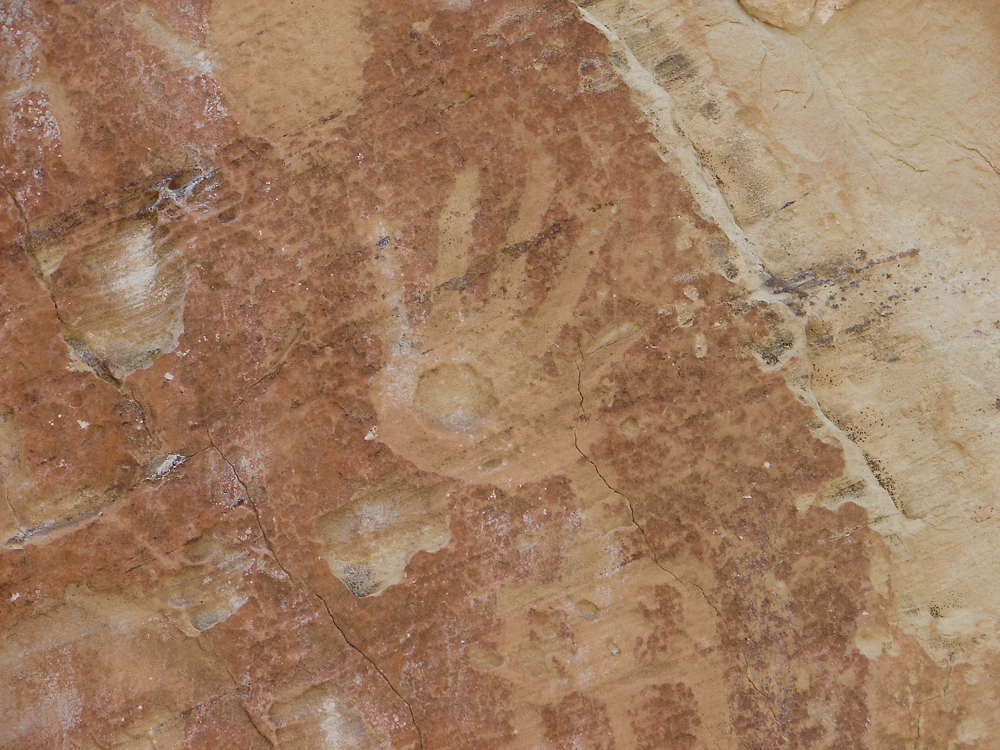
The softness of the sandstone of El Morro has provided a perfect natural historic sketchbook for humans who have found themselves gazing upward from the base of the giant bluff. Ancestral Puebloans and European/American soldiers and explorers have left more than 2,000 petroglyphs and inscriptions on the walls of this magnificent bluff. (Credit: Linda & Dr. Dick Buscher)
Notable landmark
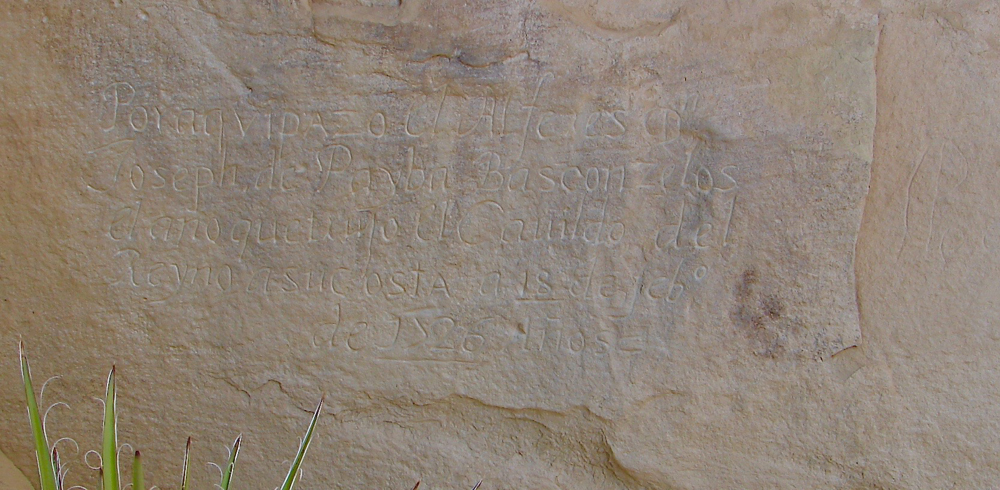
In the late 1500s, Spanish conquistadors came upon El Morro and began to record their presence at the base of the bluff. Rising so high above the surrounding landscape, El Morro became a guiding beacon for these early Spanish soldiers as they crisscrossed what is the American Southwest today. (Credit: Linda & Dr. Dick Buscher)
Outside influence
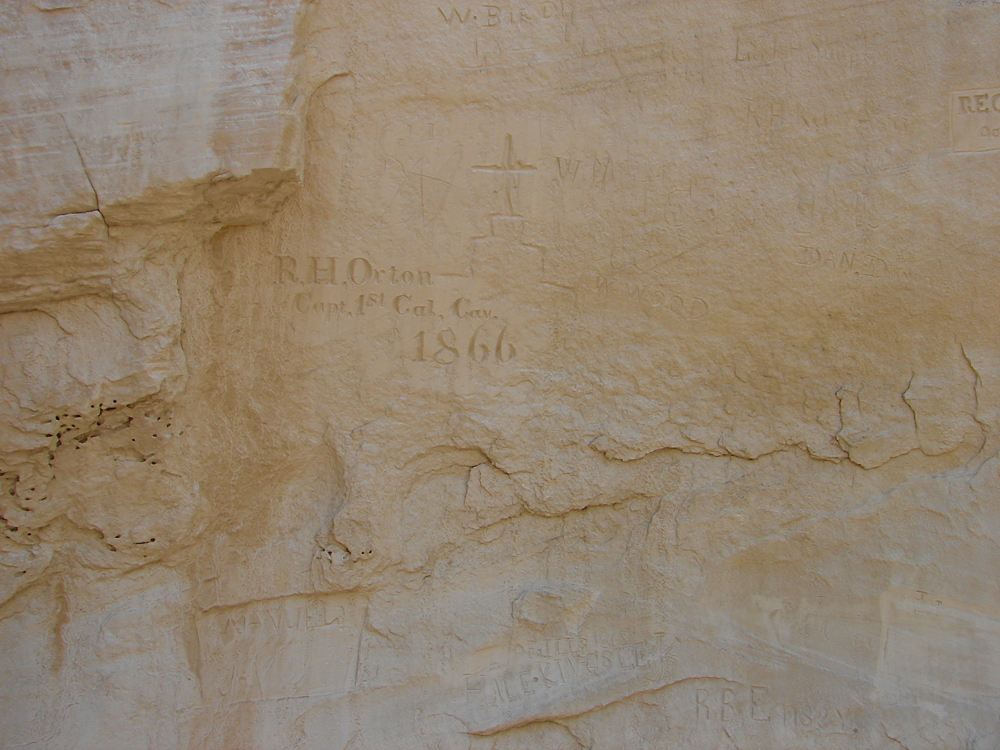
American soldiers also used the sandstone of El Morro as a sketchbook. Lt. J. H. Simpson and R. H. Kearn scratched a message into the sandstone in 1849, referring to the bluff as an "inscription" rock. This picture shows an 1866 inscription made by Captain R. H. Orton of the 1st U.S. Calvary. (Credit: Linda & Dr. Dick Buscher)
Beauty and sustenance
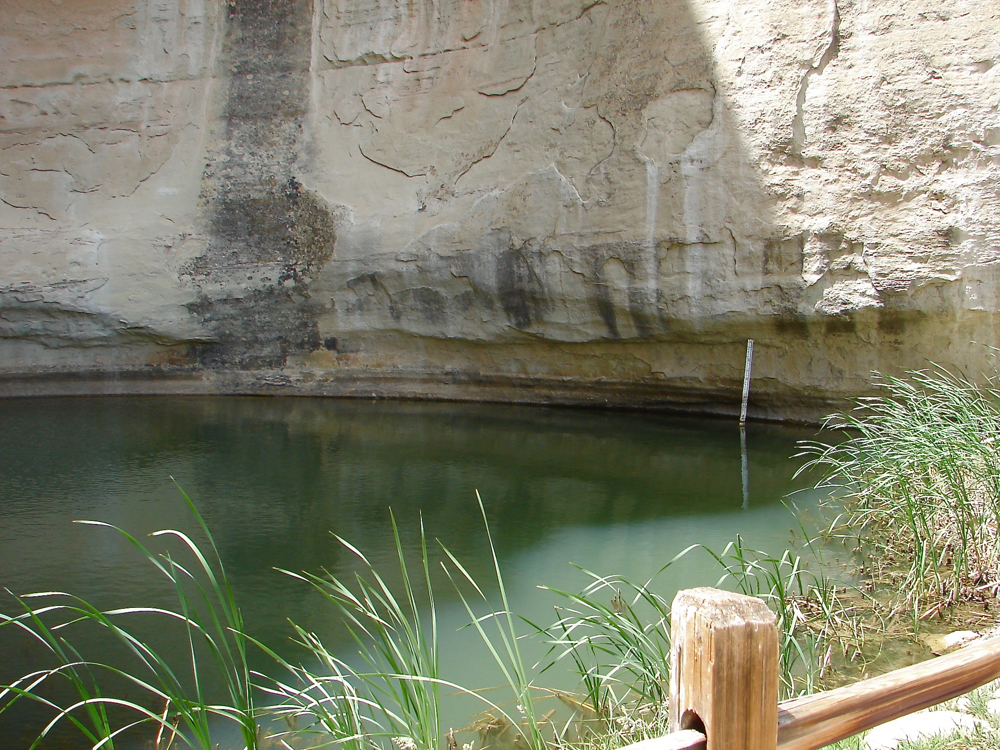
El Morro was not only a traveling landmark but also a source of reliable water for all the people who came to its base. This large pool of water stands year-round and was a valuable resource in this high desert land. (Credit: Linda & Dr. Dick Buscher)
Uncomplicated charm
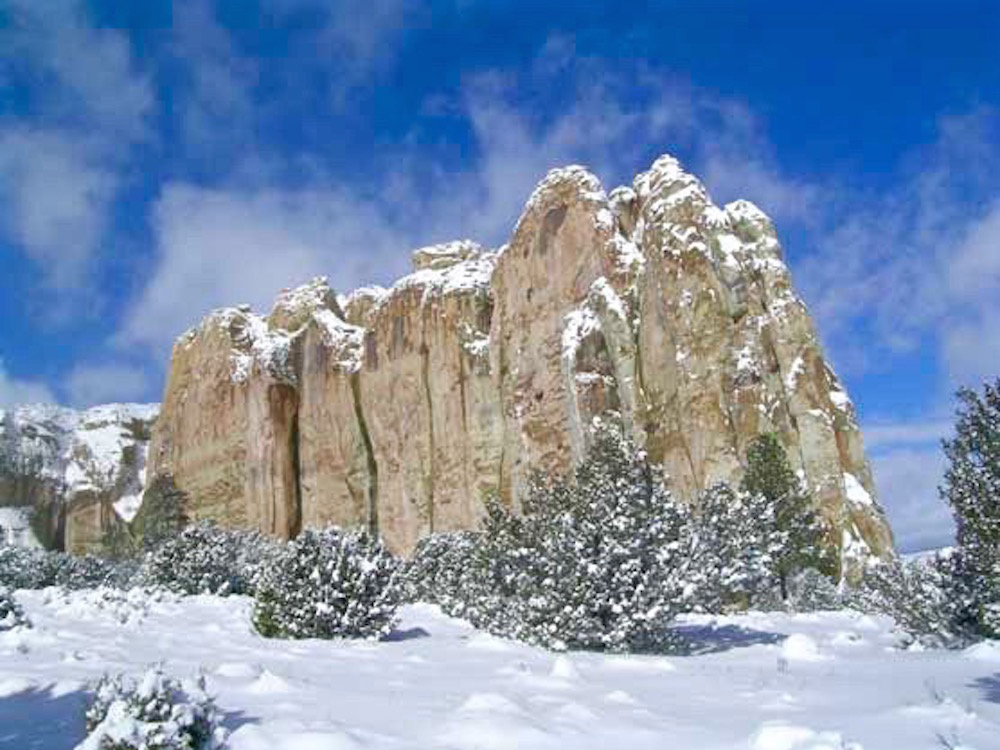
One of the attractions of El Morro is its simple yet breathtaking natural beauty. Here, a photographer captured its unique beauty after a blanketing winter snowfall. (Credit: NPS)
Preservation
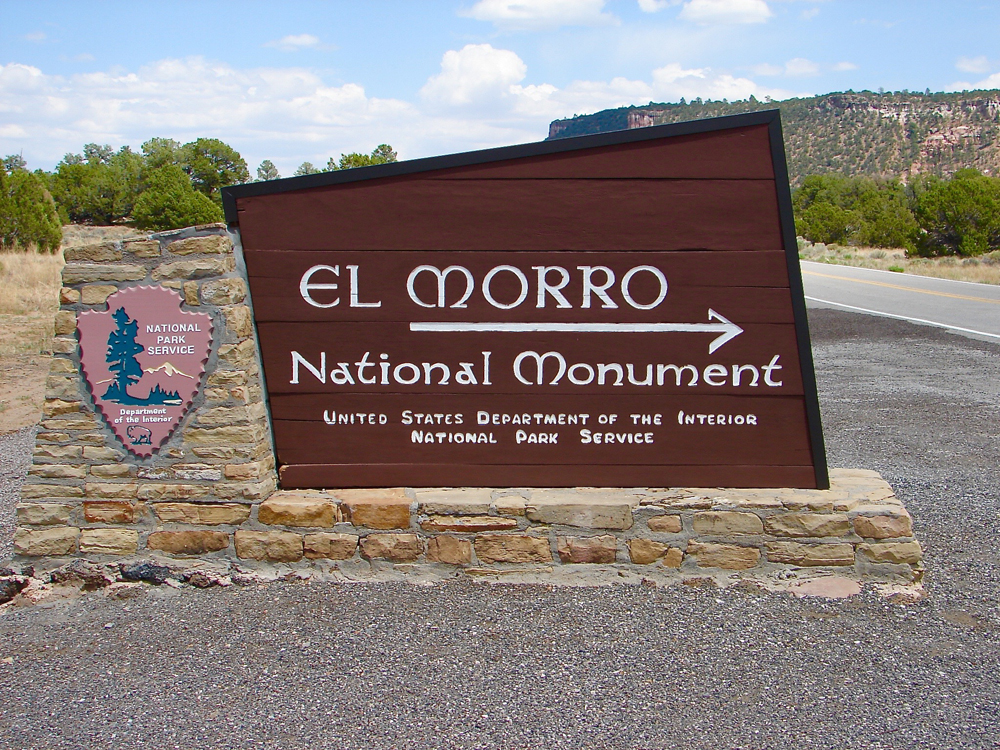
El Morro became a part of the U.S. National Parks system when it was declared a national monument on Dec. 8, 1906. All carvings on the "Inscription Rock" were stopped in 1906 when this 1,039 acre (421 hectare) monument was established. (Credit: Linda & Dr. Dick Buscher)
Paths to the past
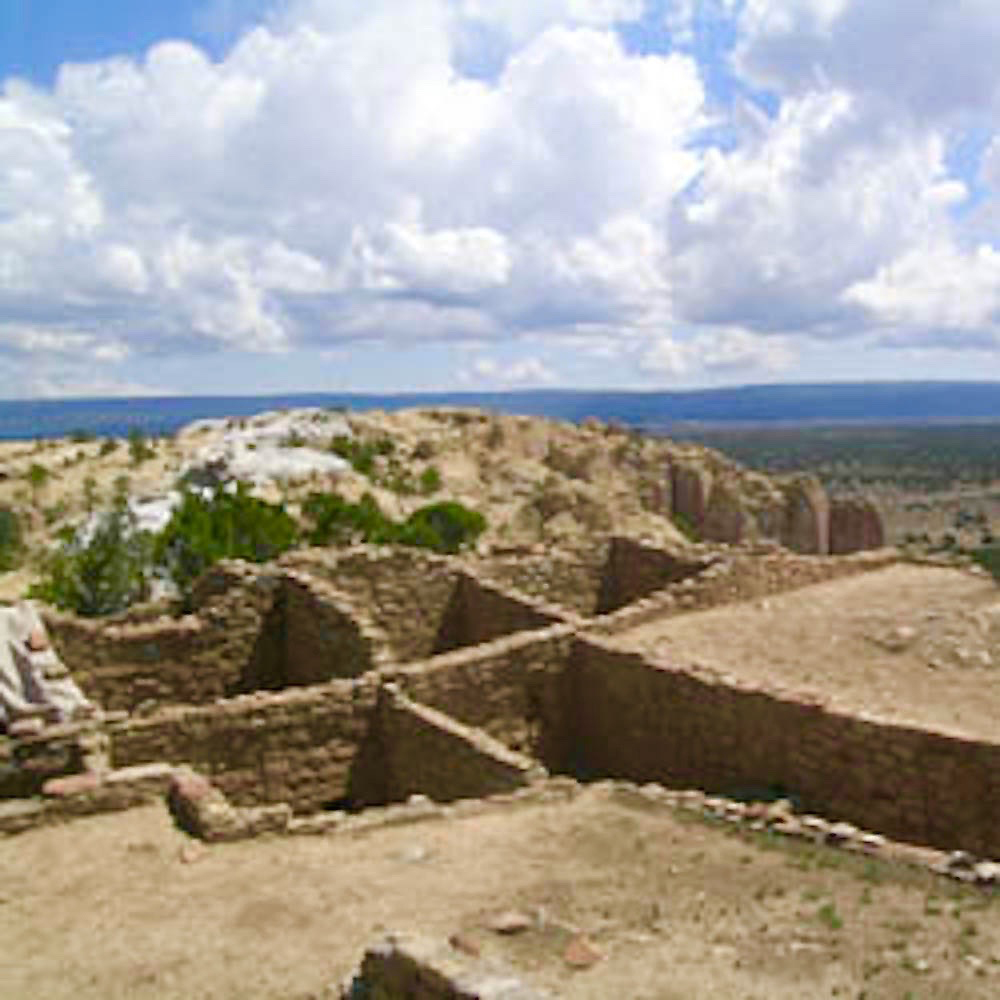
Many trails lead through the national monument, including one that leads to the bluff's summit. There, visitors will find Atsinna, the remains of an ancient Puebloan village. Atsinna is a modern Zuni Indian word that translates to mean "place of writing on the rock." (Credit: NPS)
Bird-lovers' choice
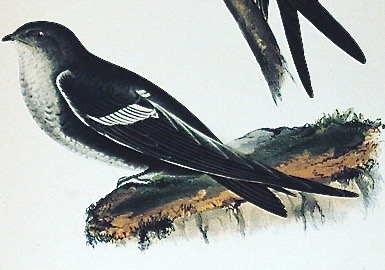
El Morro is a favorite spot for those who enjoy birdwatching. More than 180 species of birds have been documented at the National Monument and its ever-present watering hole. One of the most common birds is the White Throated Swift which make their nests among the sandstone cliff. The legs of the White Throated Swift are so small and weak that the bird cannot alight on the ground or on a branch. Instead, it must always search for a place on the face of the bluff where its claws can grasp the rough rock surface. What the bird lacks in leg strength it makes up for with flying speed, though. Some suggest that this swift is one of the fastest flying birds in the world. (Credit: blm.gov)
Photo-opp
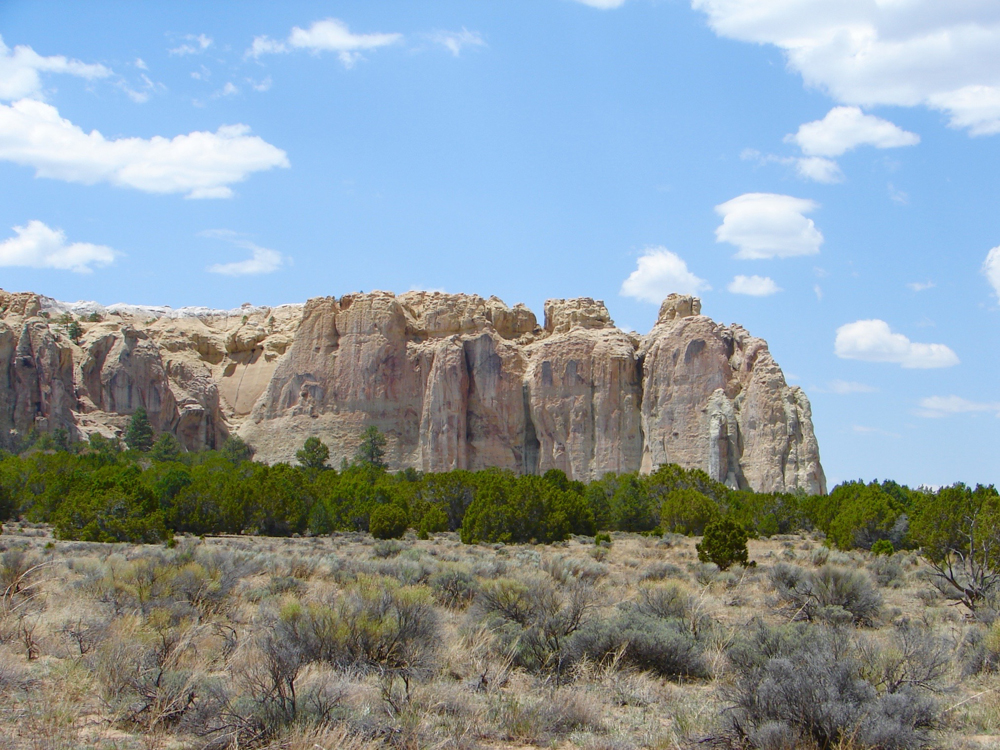
El Morro is one of many picturesque geological structures found throughout the American West. In a hostile, high desert environment, this promontory of sandstone has been a safe haven for man and animals alike, who happen to find themselves in this corner of today's northwestern New Mexico. (Credit: Linda & Dr. Dick Buscher)
Follow Live Science @livescience, Facebook & Google+.









